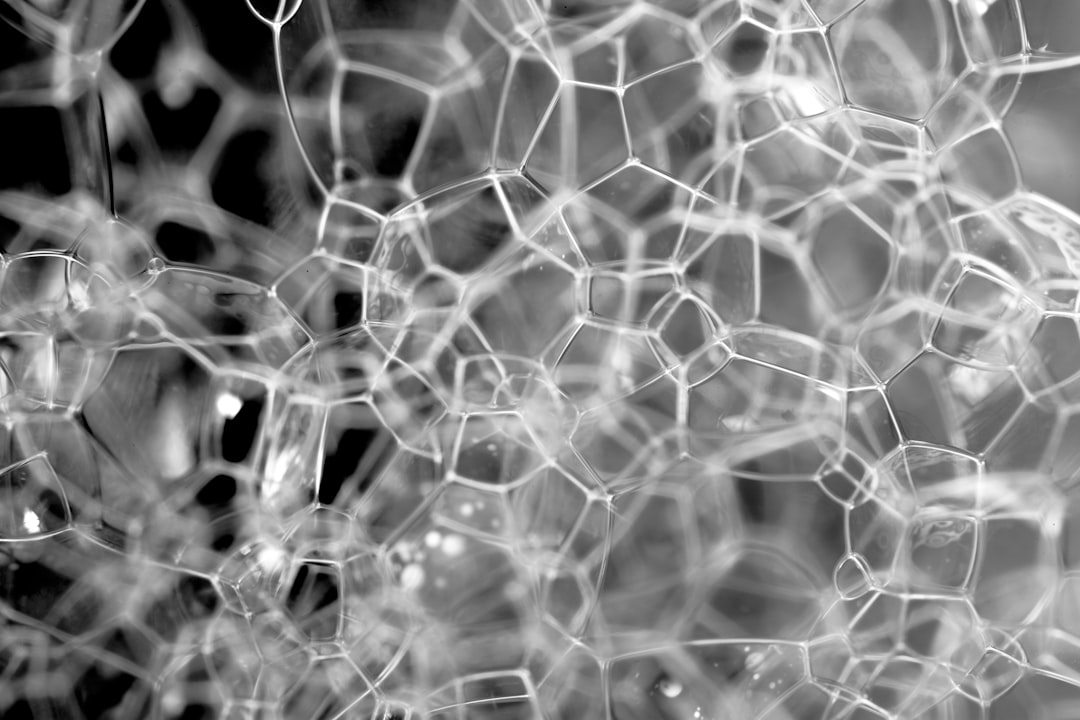What is it about?
Colorimetry was employed to evaluate the extension of darkening of composites prepared with treated curaua and Avicel. Fourier-transform infrared spectra of polyamide composites with treated curaua showed no differences when compared to pure polyamide. Moreover, no changes in molar mass were observed in microcrystalline cellulose processed in different temperatures.
Featured Image
Why is it important?
The use of lignocellulosic fibers derived from renewable resources as a reinforcing phase in polymeric matrix composites provides positive environmental benefits with respect to ultimate disposability and raw material use. Despite the attractive properties, lignocellulosic fillers are used only to a limited extent in industrial practice due to the restriction to 200℃ in composites processing temperatures. Lignocellulosic materials start to degrade near 230℃. This limits the type of thermoplastics that can be used in association with polysaccharide fillers. To overcome these disadvantages, chemical treatments, i.e. alkaline treatment, were applied to curauá fibers to improve the thermal properties.
Perspectives
Degradation studies and mechanical properties
Maria Marques
Read the Original
This page is a summary of: Degradation studies and mechanical properties of treated curauá fibers and microcrystalline cellulose in composites with polyamide 6, Journal of Composite Materials, January 2017, SAGE Publications,
DOI: 10.1177/0021998317690446.
You can read the full text:
Contributors
The following have contributed to this page










